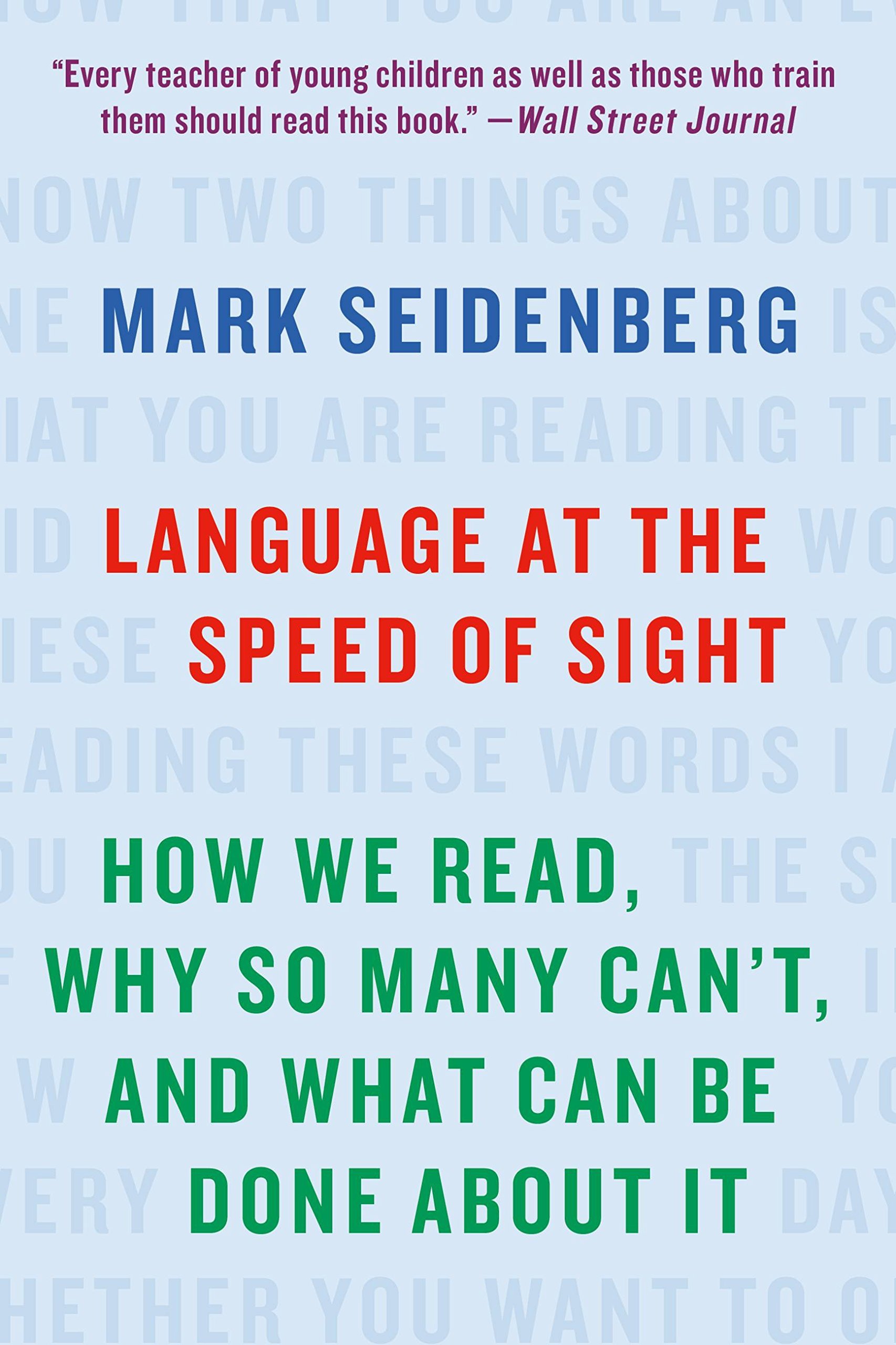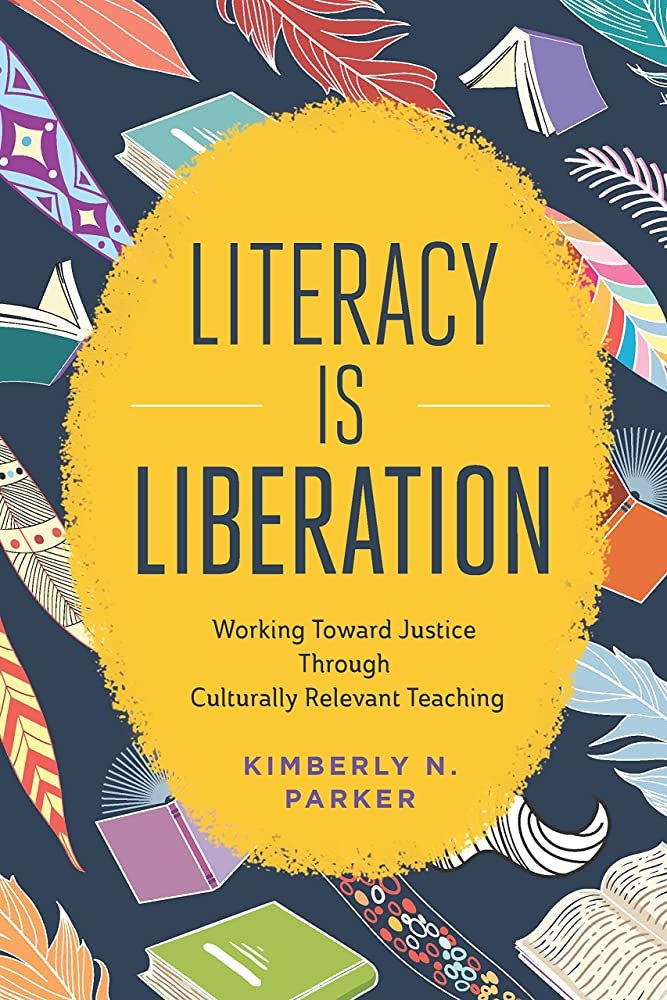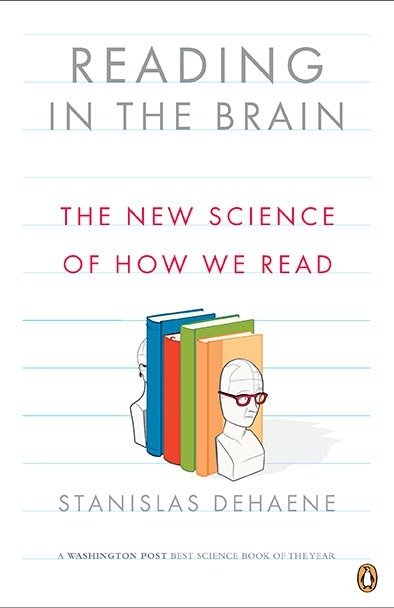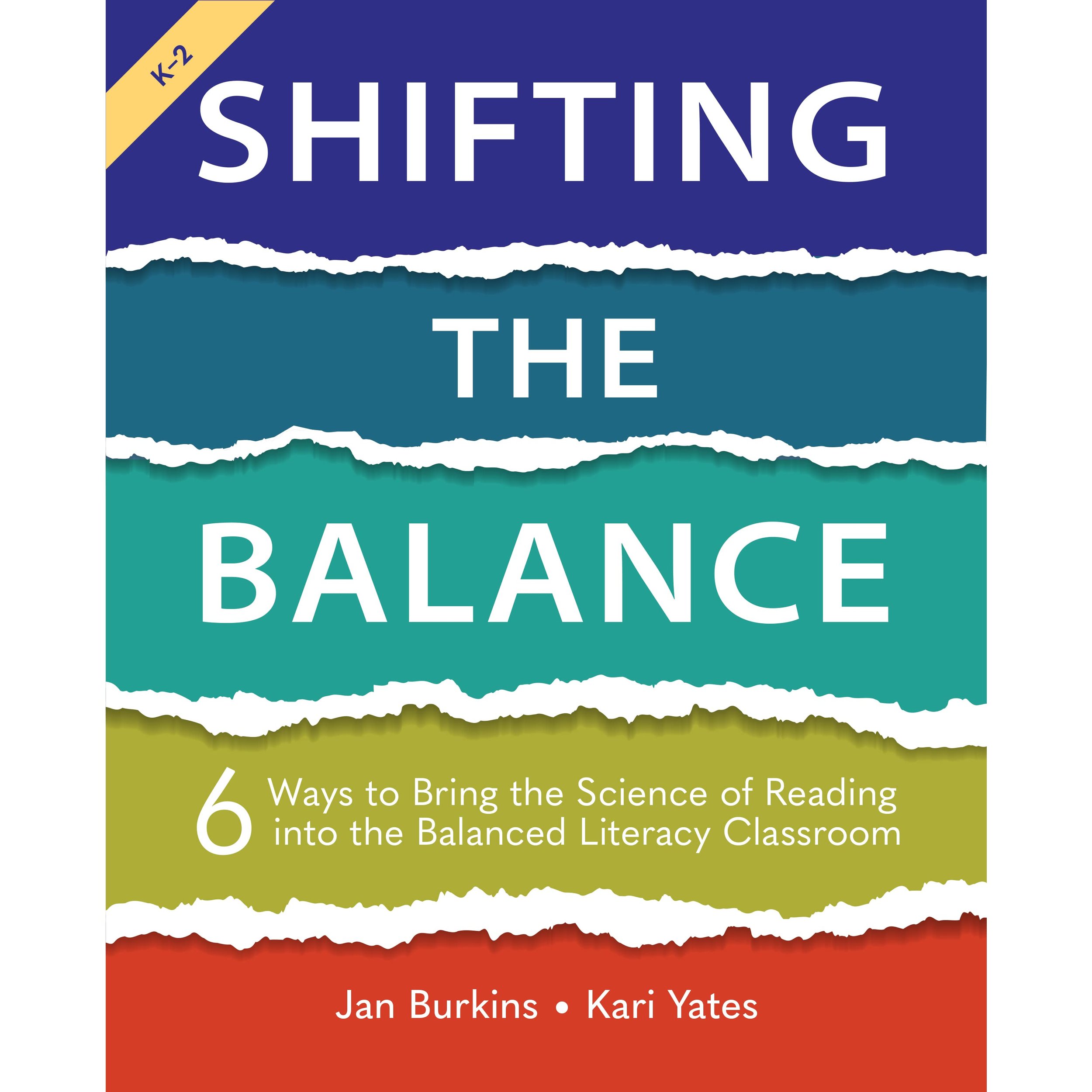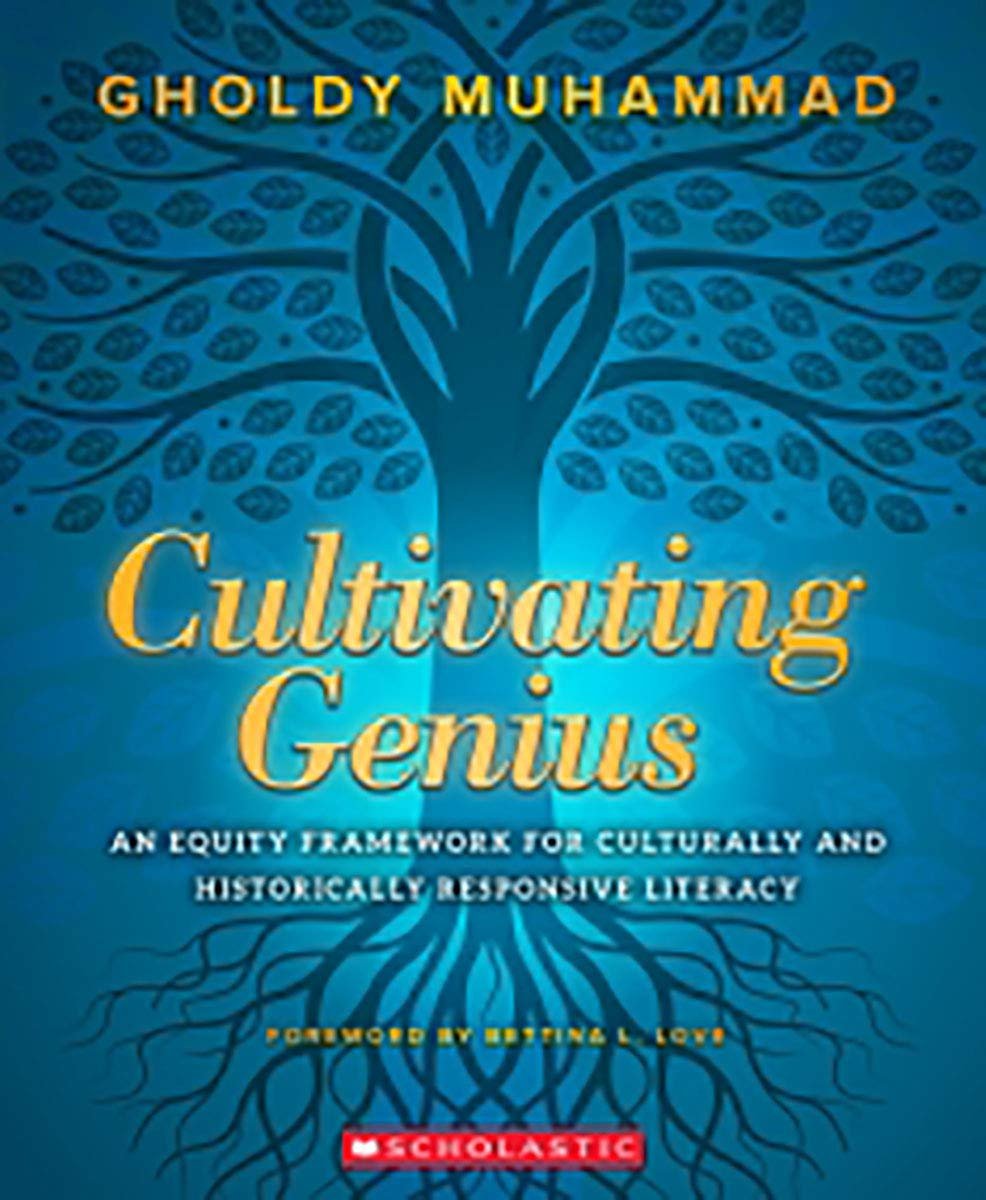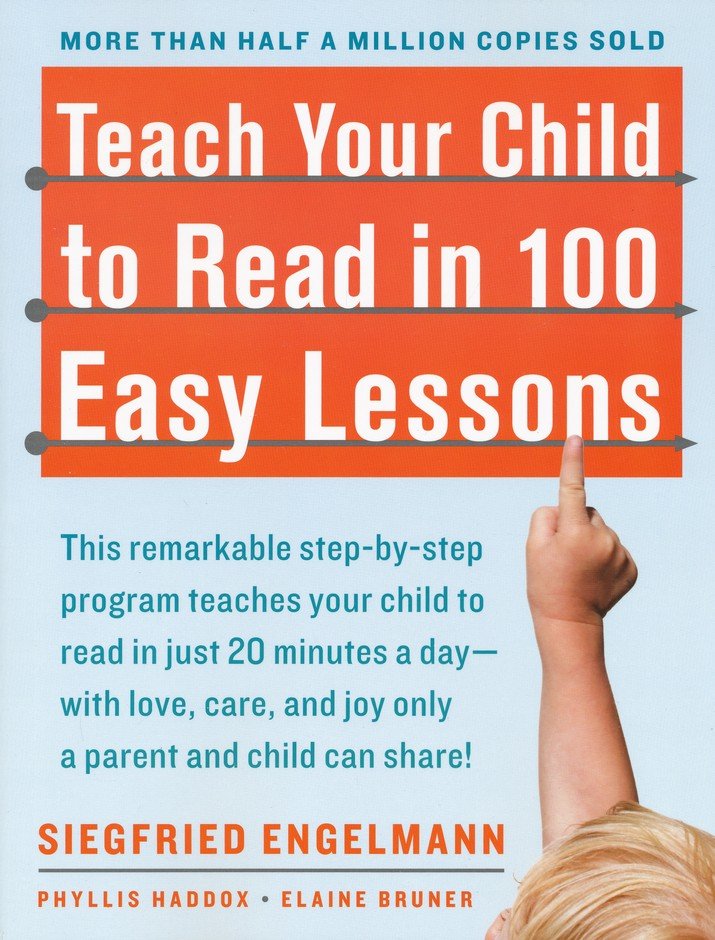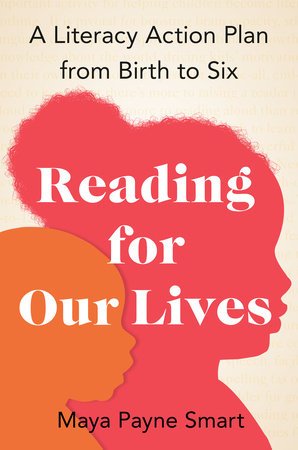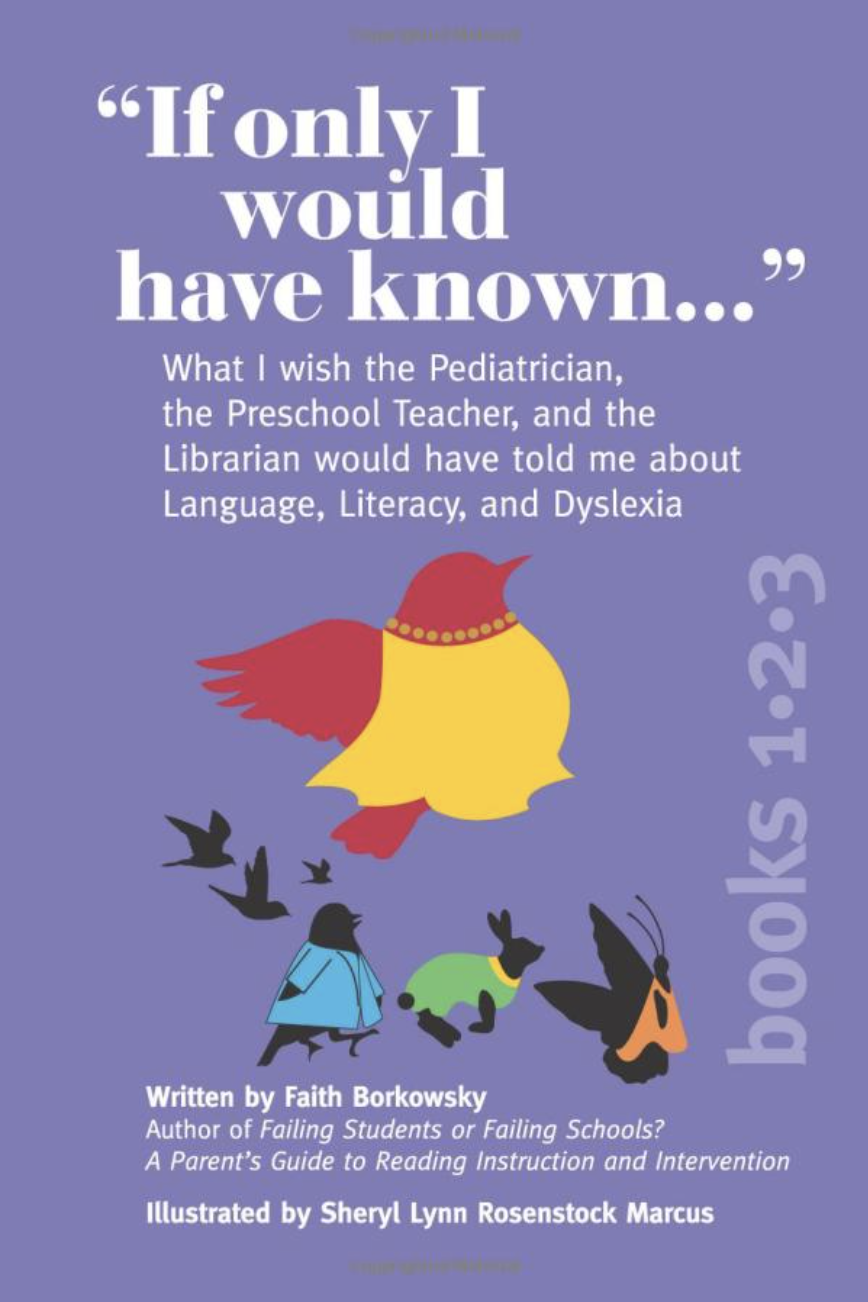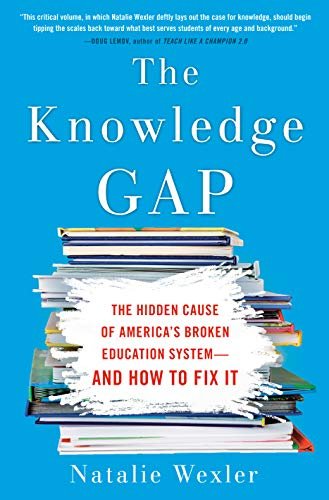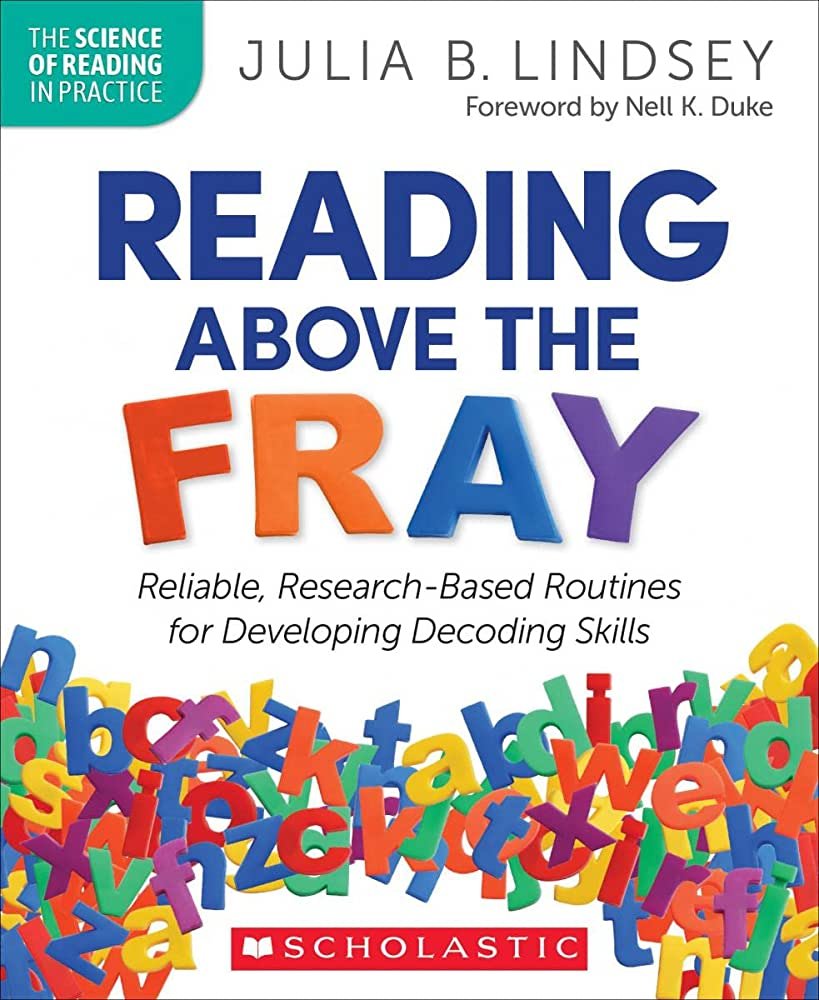Reading List
Want to learn more about the literacy crisis and how you can help? You’re in the right spot.
This list of research, videos, articles, and more will help you understand what we’re up against and how we frame our work. More importantly, we hope it inspires you to jump in with your own solutions and ideas to help young readers.
There’s always more to learn. If you have resources to suggest, reach out!
Books
For the deep-dive readers, here are the early literacy books we couldn’t put down. Why not check them out from your local library?
Movies & Podcasts
If you're more of a listen-on-the-go type than a research enthusiast, check out these incredible podcasts and documentaries all about early literacy.
Understanding the Literacy Crisis
Reading Scores Fall to New Low on NAEP, Fueled by Declines for Struggling Students (Education Week, 2025)
Reading scores have hit a new low, with many students—especially those from low-income backgrounds and students of color—falling behind. Despite efforts to address pandemic learning losses, the gap keeps widening, and more students are struggling to read.What the Words Say (APM Reports, 2020)
APM Report’s Emily Hanford breaks down how reading really works, why poverty and race matter, and what we can do about it.In the Fight Over How to Teach Reading, This Guru Makes a Major Retreat (New York Times, 2022)
Lucy Calkins, a big name in literacy, rewrites her curriculum to finally embrace phonics and the science of reading.VIDEO: The Legacy of Anti-Literacy Laws (Lacey Robinson, 2018)
How does the legacy of racism impact literacy instruction for children of color? This incredible speech connects the past to the present.America’s literacy crisis isn’t what you think (Vox, 2024)
Kids aren't reading for fun as much anymore, and it's affecting their critical thinking and civic engagement. This article dives into how technology and education changes are contributing to the decline.
How Do Children Learn to Read?
How Do Kids Learn to Read? What the Science Says (Education Week, 2019)
Kids don’t just pick up reading naturally—it takes teaching from caring adults in their lives. In under 4 minutes, this video gives a quick overview of what it takes to build this essential life skill.VIDEO: Science of Reading 101 (Read by 4th Lunch & Learn 2022)
Temple University professors break down the basics of the Science of Reading in 20 minutes. Quick, clear, and worth your time.The Science of Reading: Defining Guide (The Reading League)
A must-read. This document clears up what the science of reading is and what it isn’t. And it’s available in both English and Spanish.Examining the Balance in Literacy Instruction (Read by 4th)
Talking points to help you understand and discuss the role of both code-based and meaning-based instruction.
Family Engagement
The Effect of Family Literacy Interventions on Children’s Acquisition of Reading from PreK-3 (The National Center for Family Literacy, 2006)
Parents helping kids read isn’t just a good idea—it’s proven to work. A review of 14 studies found that when parents get involved in reading with their kids, it makes a real difference.Building Home Reading Habits: Behavioral Insights for Creating and Strengthening Literacy Programs (Ideas 42, 2019)
This report explores how behavioral science can help families build strong home reading habits. It breaks down the hidden barriers that make it and research-backed strategies to overcome them.Many American Parents Have No Idea How Their Kids Are Doing in School (Time Magazine, 2023)
Most parents think their kids are on track in school—but the reality tells a different story. 90% believe their child is at or above grade level, yet the data says otherwise. This is important, because if parents don’t see the problem, they won’t seek solutionsThe Dual Capacity Framework for Family-School Partnerships (Karen L Mapp)
How schools and families can team up for student success.
Diverse Books
The Impact of a Diverse Classroom Library (First Book, 2023)
Want proof that diverse books make a difference? This study shows that when classrooms add more diverse books, kids read more—and their reading scores go up.Windows, Mirrors, and Sliding Glass Doors (Rudine Sims Bishop, 1990)
This essay is a classic. Rudine Sims Bishop beautifully explains why children need books that reflect their own experiences and introduce them to new ones.‘Significant’ drop in racially minoritised characters in children’s books, report says (Guardian, 2024)
The numbers don’t lie. This report highlights where we’re still falling short in the world of diverse children’s literature.CCBC Diversity Statistics
Since 1985, the Cooperative Children's Book Center (CCBC) has tracked books by and about BIPOC, expanding in 2018 to include identities such as disability, LGBTQ+, and religion. Their annual diversity statistics are a valuable resource for understanding the state of diversity in children's books.
Community Mobilization
A new study shows that Reading Captains—trained neighbors who share literacy tips—make a real impact in everyday spaces like laundromats. When they’re around, kids engage more with books and families feel more connected. It’s proof that relationships, not just resources, help young readers grow.
Debunking the false choice between individual behavior change and systems change (Climate Works, 2021)
Think changing the world is either about shifting big systems or individual actions? Think again. Just like tackling climate change, building a city of strong readers means working on multiple levels—mobilizing families and communities and pushing for better education policies and practices across the system. This article speaks to us at Read by 4th because we know real change happens when communities and systems move together.Who You Know: Relationships, networks and social capital in boosting educational opportunity for young Americans (Brookings, 2022)
Strong community connections open doors to educational opportunities, spark motivation, and help students thrive. In Philly, trust runs deep—whether it's block captains or neighbors looking out for each other. With Reading Captains, we’re tapping into that trust to share information and resources with families, helping kids succeed one connection at a time.
How ‘reading captains’ are fueling Philadelphia’s push to improve early literacy (Chalkbeat, 2024)
Meet Philly’s Reading Captains—the neighbors turning early literacy into a community movement! From free books to block parties, these local heroes are making sure every child has the support to thrive as a reader.Deciding Together Shifting Power and Resources Through Participatory Grantmaking (Candid, 2018)
Discover how some funders are reshaping philanthropy by sharing decision-making power with the communities they serve—a key inspiration behind the design of the Neighborhood Literacy Fund.Trust-Based Philanthropy in 4D (Trust-Based Philanthropy Project, 2021)
Trust-based philanthropy flips the script on traditional funding—centering trust, transparency, and meaningful relationships. This model also informed the Neighborhood Literacy Fund.
Public Advocacy
We’re turning up the volume on powerful advocacy efforts that make a real difference for our young readers. Read more about these causes:
Champion better literacy instruction! Advocate for funding to train teachers, reading screeners, and bring evidence-based reading curricula into classrooms with the PA Literacy Coalition.
Fight for fair school funding! Every child deserves a well-funded school. Stand with PA Schools Work and Children First to push for the resources our kids need to thrive.
Bring librarians back to our schools! Certified school librarians are game-changers for young readers. Support Philadelphia Alliance to Restore School Librarians (PARSL), West Philadelphia Alliance for Children (WePAC), and the Pennsylvania School Librarians Association in restoring librarians to our schools.
Reading Reform Across America: A Survey of State Legislation (Albert Shanker Institute, 2023)
This report tracks 223 bills passed between 2019 and 2022, examining how states are tackling the reading crisis. The goal: to better understand the policy landscape and push for stronger reading reform nationwide.Rebalancing Power: Examining the Role of Advocacy and Organizing in Collective Impact (Collect Impact Forum, 2021)
Advocacy and community organizing are powerful tools for real, lasting change in collective impact work. This report breaks down why they matter, how they shift power, and what it takes to embed them into your strategy for true equity. We’re taking notes and working on embedding these lessons into our work.The Power of Telling Your Story and Strategic Framing in Advocacy (American Public Health Association, 2025)
In this workshop, experts from Berkeley Media Studies Group and Statler Nagle share strategic storytelling techniques to craft equity-focused narratives, shift from personal stories to systemic framing, and create compelling pitches that inspire action.
Quality Instruction
Why Putting the ‘Science of Reading’ Into Practice Is So Challenging (Education Week, 2022)
Adopting the Science of Reading can be tough for teachers, with new methods, training, and shifting mindsets. This article explores the challenges of making research-backed practices work in the classroom.Teaching Reading to African-American Children: When Home and School Language Differ (Julie A. Washington, Mark S. Seidenberg, 2021)
Explore the impact of dialect, specifically African-American English, on reading instruction.The ‘Science of Reading’ and English-Language Learners: What the Research Says (Education Week, 2022)
Does the Science of Reading work for multilingual learners? Research says yes, but with some key considerations.Teacher Prep Review: Strengthening Elementary Reading Instruction (National Council on Teacher Quality, 2023)
Did you know only 25% of teacher prep programs cover all five core reading skills? This report highlights how crucial it is for teacher training to focus on effective reading instruction so every child has the chance to succeed.Growing K-3 Out-of-School-Time Reading Support in Philadelphia Executive Summary (Bloom, 2021)
Philly’s youngest readers need more access to high-quality tutoring outside the classroom. This report lays out a bold roadmap for expanding K-3 reading support in out-of-school-time spaces, so every child gets the help they need to thrive.
Our Approach: Collective Impact
What is Collective Impact (Collective Impact Forum)
Collective Impact brings together communities to tackle complex social challenges by aligning actions across sectors. Read this article to learn how this approach aims to create lasting change.Collective Impact, 10 Years Later (Stanford Social Innovation Review 2021)
A decade after the birth of collective impact, this report celebrates its success in driving collaboration across sectors to solve pressing social issues and shares important insights for change along the way.Collaborating for Equity and Justice: Moving Beyond Collective Impact (Nonprofit Quarterly, 2017)
The article critiques the collective impact model for its lack of focus on racial justice and community involvement in decision-making. It advocates for a new approach to collaboration community leadership that we believe in.Backbone Leadership Is Different: The Skills and Mindset Shifts Needed for Collective Impact (Collective Impact Forum, 2024)
Wondering about the role of Read by 4th's staff? This article outlines the skills and mindset shifts needed for successful backbone leadership to effectively guide and facilitate collaboration.

